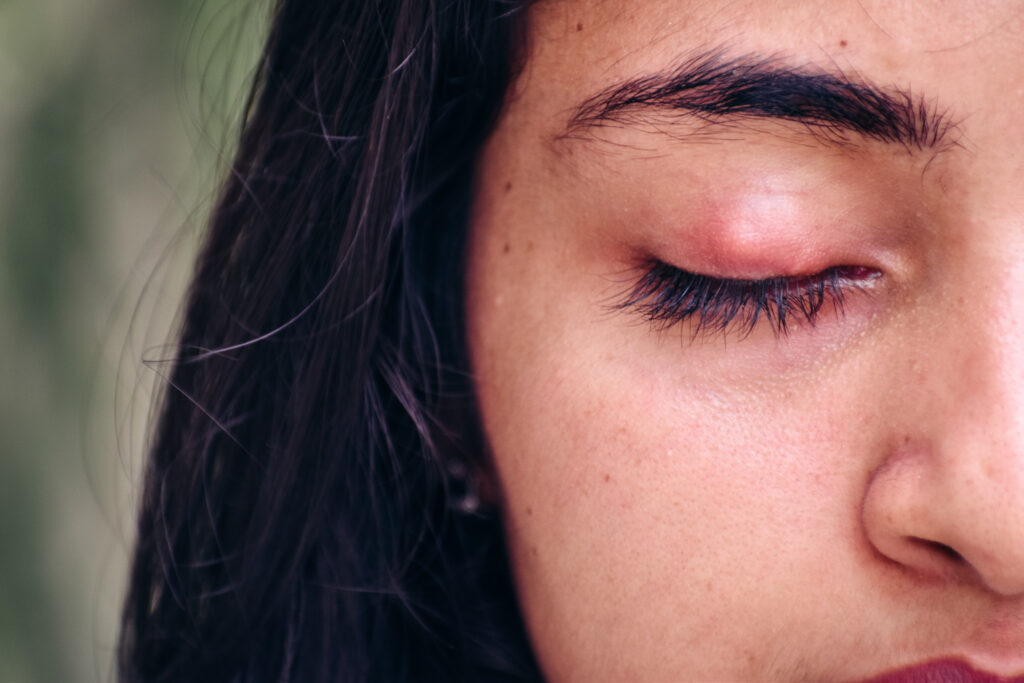
We know there are both good and bad bacteria, but did you know a quarter of people carry a type of bacteria called staphylococcus and aren’t aware of it? Staphylococcus, or staph for short, is a type of bacteria that 25% of people carry in their mouth, nose, or genitals without knowing it.
Most people don’t have any symptoms of a staph infection. But it can lead to a more serious infection if you’re not careful.
What Is a Staph Infection?
A staph infection is caused by the staphylococcus bacteria. Over 30 different types of staph bacteria exist, but S. aureus causes the most infections.
Although it most commonly appears on the skin, staph bacteria can also cause infections in different internal organs, bones, and muscles. If that happens, the infection can be deadly.
Types of staph infections include:
- Bone infections—Infections can spread to the bone from nearby skin or muscles.
- Food poisoning—An illness that results from eating contaminated food.
- Pneumonia—An infection in one or both lungs.
- Bacteremia—An infection of the bloodstream that can lead to sepsis.
- Endocarditis—An infection of the inner lining of the heart chambers and valves.
- Toxic shock syndrome (TSS)—A serious, sometimes life-threatening condition caused by toxins from certain types of bacteria.
What Are the Symptoms of a Staph Infection?
The symptoms of a staph infection vary depending on where the infection occurs. Staph infections on the skin can be easy to overlook because they may look like a bug bite or pimple. However, skin infections can also appear as abscesses or boils, which are painful sores that form under the skin.
A staph infection may cause symptoms such as fever, muscle aches, nausea, and vomiting if it affects other parts of the body. Bone infections may cause pain and swelling, while endocarditis can cause flu-like symptoms like fever and chills. Symptoms from TSS can develop suddenly and include confusion, diarrhea, and a sunburn-like rash.
Who Is at Risk for Staph Infection?
Anyone can get a staph infection, but some people have a higher risk than others. For example, people who work in healthcare facilities are more likely to have staph bacteria on their skin. Doctors, nurses, and other healthcare providers can spread staph bacteria to patients, but patients may also have a staph infection before coming to the hospital. Patients in the hospital can also get staph infections from surgical wounds, bed sores, or catheters.
Staph infections are also common in crowded living areas, such as college dorm rooms or nursing homes. Staph bacteria can spread from person to person through close skin contact or on objects such as bedding or towels. People who share personal items such as razors or towels may spread staph bacteria to others. Less commonly, staph bacteria can spread through droplets from coughing or sneezing.
Other people who have a higher risk of staph infections include people who:
- Are breastfeeding
- Have a weakened immune system
- Have worn a tampon for an extended period (TSS)
- Inject drugs
- Were recently hospitalized or had surgery
Staph infections can be difficult to prevent because many people have the bacteria on their skin but don't know it. However, you can reduce your chances of getting or spreading staph bacteria by:
- Washing your hands with soap and water regularly
- Keeping your skin clean
- Keeping cuts clean and covered
- Changing your tampon frequently
- Avoiding sharing towels, bedding, toothbrushes, and razors
How Are Staph Infections Diagnosed and Treated?
Your doctor can diagnose a staph infection with a physical exam and questions about your symptoms. Sometimes, healthcare providers can diagnose a staph infection just by looking at the skin. However, they may also use nasal or throat swabs, imaging exams, or other tests to check for staph infections that do not appear on the skin.
Once you have been diagnosed with a staph infection, treatment will depend on where the infection occurred in the body. Because bacteria cause staph infections, antibiotics are the primary treatment. Antibiotics can come in a cream, ointment, or pill form. However, certain types of staph infections, such as MRSA (methicillin-resistant Staphylococcus aureus), can be resistant to some antibiotics. Intravenous antibiotics can treat MRSA in the bloodstream. But if you have a skin boil caused by MRSA, your doctor may also be able to make an incision to drain the boil.
It is important to take antibiotics as prescribed. Do not stop taking antibiotics, even if you start to feel better. Not finishing your antibiotics means the bacteria can come back, and you'll need to start treatment again. Bacteria may also become resistant to antibiotics if you don't finish the entire course.
Resource Links:
"Staphylococcal (Staph) Food Poisoning" via Centers for Disease Control and Prevention
"Staphylococcal Infections" via Medline Plus
"Staph Infection" via Cleveland Clinic





